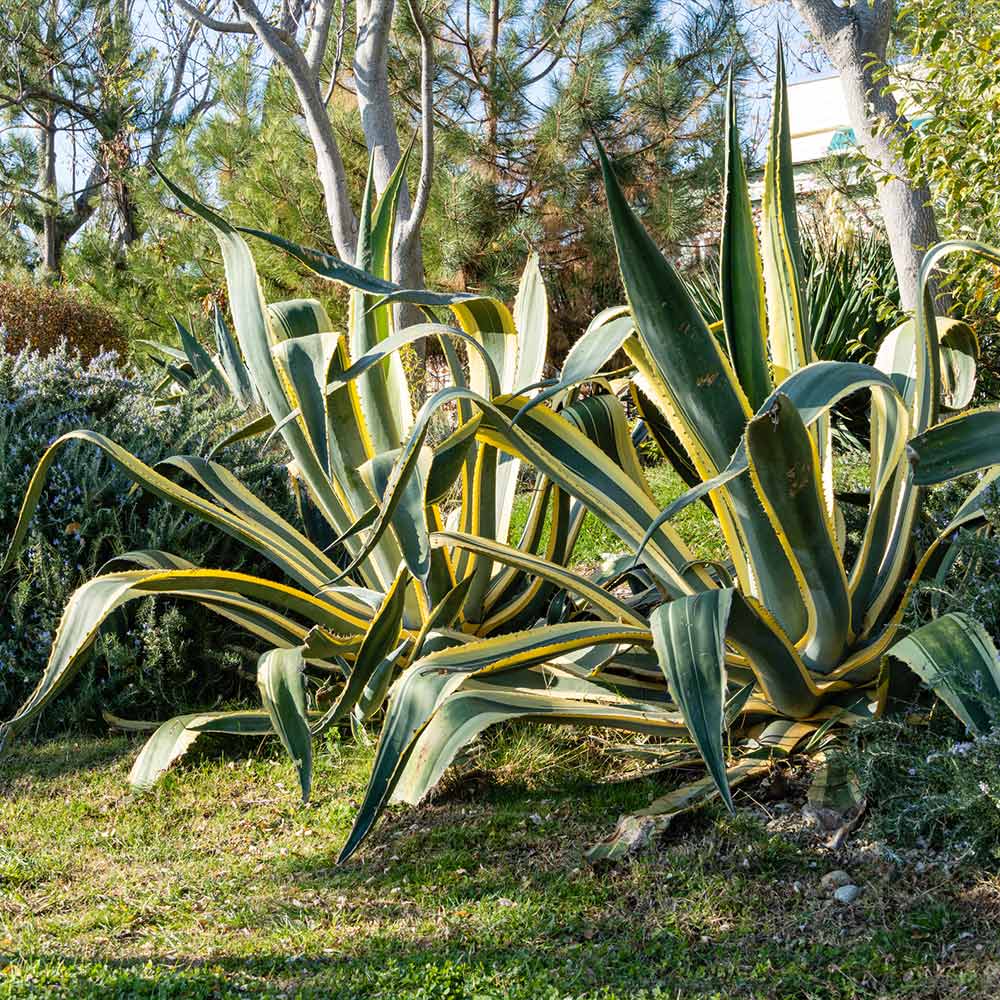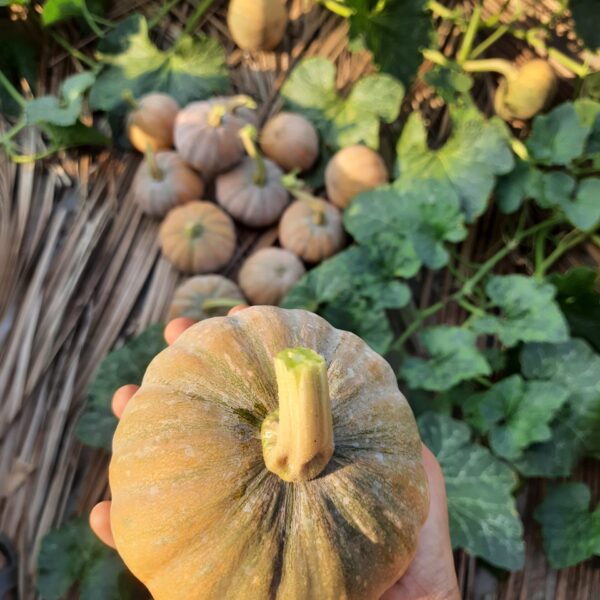American Agave
Category: Fencing Species
Tags: #agricultureseedstore, #beej, #BiodiversityOfIndia, #buyseeds, #buyvegetableseeds, #chemicalfreeseeds, #ClimateChange, #ClimateResilientSeeds, #ClimateSmartFarming, #desibeej, #desiseed, #Desiseeds, #FarmStore, #heirloomseed, #heirloomseeds, #homegarden, #homegardeningseeds, #hoogafarms, #hoogaseedkeepers, #MaadiThottamseeds, #naatuvidhai, #nativefoods, #nativevegetableseeds, #naturalfarming, #NaturalFoods, #naturalseeds, #NonGMOseeds, #openpollinatedseeds, #opseeds, #organicfarming, #organicseeds, #RooftopGardening, #RooftopGardenseeds, #SaveNativeSeeds, #SaveOurSeeds, #SaveSeeds, #SayNoToGMO, #seedconservation, #seeddiversity, #seedfarm, #seedkeeperscollective, #seedKeepersNetwork, #seedsavers, #seedsaving, #seedshop, #SeedsOfIndia, #seedstore, #tamilseedsavers, #Terracegardenseeds, #traditionalseed, #traditionalseeds, #traditionalvegetableseeds, #vegetablediversity, #Vegetableseed, #vegetableseeds, #Vidhaigaleperayudham, Agriculture, dubai small ridge giurd seeds, Dubai Small Round Ridge Gourd-Seeds, hooga forms, hooga seeds, hoogaseeds, native seeds, Ridge Gourd-Seeds, seeds, shop, shopping, Vidhai
Agave americana, commonly known as the Century Plant, is one of the most iconic species of the Agave genus. Despite its common name, it doesn’t actually take a century to bloom—typically, it flowers after 10 to 30 years, depending on the growing conditions.
Characteristics:
- Appearance: Agave americana is a large, rosette-forming succulent. Its leaves are thick, fleshy, and gray-green or blue-green, with sharp spines along the edges and at the tip. The leaves can grow up to 1.5-2 meters (about 5-6.5 feet) long.
- Flowering: The plant is monocarpic, meaning it flowers once in its lifetime. When it does, it sends up a tall flower stalk that can reach heights of 6-12 meters (about 20-40 feet). The stalk bears clusters of yellow flowers, which attract pollinators like bats and insects. After flowering, the main plant usually dies, but it often produces offsets, or “pups,” that can continue to grow.
Habitat and Growth:
- Native Range: Agave americana is native to arid and semi-arid regions of Mexico and the southwestern United States. It thrives in desert environments, where it is well-adapted to withstand drought and poor soil conditions.
- Cultivation: The plant is widely cultivated as an ornamental plant in gardens and landscapes around the world, especially in areas with similar climates, such as the Mediterranean, South Africa, and Australia. It is valued for its dramatic appearance and low maintenance requirements.
Uses:
- Ornamental Plant: Agave americana is popular in landscaping due to its striking appearance and architectural form. It is often used in xeriscaping, a type of landscaping designed to reduce or eliminate the need for irrigation.
- Traditional Uses: Historically, various parts of the plant have been used by indigenous peoples. The sap, known as “aguamiel,” can be fermented to produce a traditional alcoholic beverage called pulque. The tough fibers from the leaves were used to make ropes, mats, and clothing.
- Medicinal Uses: In some cultures, the plant has been used for its medicinal properties. For example, the sap has been used as a disinfectant or to treat wounds, although it can be irritating to the skin.
Environmental Impact:
- Invasiveness: In some regions outside its native range, Agave americana has become invasive. It can spread rapidly through its offsets and can outcompete native vegetation. As a result, in certain areas, it requires management to prevent it from dominating the local ecosystem.
Lifespan and Reproduction:
- Lifespan: The plant’s name, Century Plant, is a bit of a misnomer. While it may take many years to bloom, it usually lives for 10 to 30 years. After flowering, the main plant dies, but the offsets it produces ensure that the plant can continue to propagate.
- Reproduction: Aside from flowering and producing seeds, Agave americana also reproduces vegetatively through offsets. These small plants grow from the base of the parent plant and can be separated and replanted.
| Weight | 15 g |
|---|
Be the first to review “American Agave” Cancel reply
Related products
Small Pumpkin Chittu Poosani high yielding vegetable seeds
₹150.00Original price was: ₹150.00.₹100.00Current price is: ₹100.00. -33%Terrace Garden Combo Pack
₹1,500.00Original price was: ₹1,500.00.₹1,250.00Current price is: ₹1,250.00. -17%Climbing French Green Bean Seeds
₹99.00Original price was: ₹99.00.₹50.00Current price is: ₹50.00. -49%Indigenous Forest Okra Seeds
₹120.00Original price was: ₹120.00.₹100.00Current price is: ₹100.00. -17%







Reviews
There are no reviews yet.